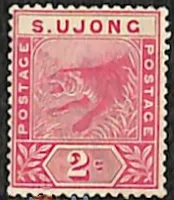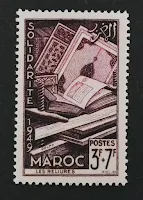THE MUTAWAKELITE KINGDOM of Yemen on 12 January 1967 issued a set of eight stamps depicting Moorish art in Spain, using an offset lithography printing method.
Moorish art in Spain is a style of art that developed in the Iberian Peninsula and North Africa around the 11th century. It is a type of Islamic art that combines the multiculturalism of medieval Spain with the artistic production of the Umayyad Caliphate.
Stamps shown:
- 2 Buqsha - Hall of the Kings, Alhambre palace with a Moor slaying a knight
- 4 Buqsha - Sultans of Granada (Nasrid dynasty) - ceiling of the Hall of Kings of the Alhambra
- 6 Buqsha- Chess from Book of Games by the King Alfonso X the Wise of Castilla & Leon
- 10 Buqsha - Battle of the Reconquista
- 12 Buqsha - Christian slaves with their livestock
- 20 Buqsha - Mohammed I ibn Nasr, First Sultan of Granada, embraces his Castilian ally
- 22 Buqsha - Wedding bullfight in Plasencia
- 24 Buqsha - European and Islamic musicians
The Mutawakelite Kingdom, also known as the Kingdom of Yemen or, retrospectively, as North Yemen, was a state that existed between 1918 and 1962 in the northern part of what is now Yemen. Its capital was Sana'a until 1948, then Taiz. From 1962 to 1970, it maintained control over portions of Yemen until finally defeated in the North Yemen Civil War. Yemen was admitted to the United Nations on 30 September 1947.
During the civil war in North Yemen between 1962 and 1970, both the Kingdom of Yemen and the Arab Republic of Yemen issued stamps. However, the issues from the Kingdom of Yemen during this period have been disputed.





































